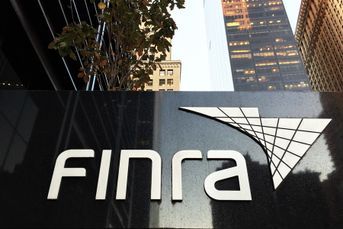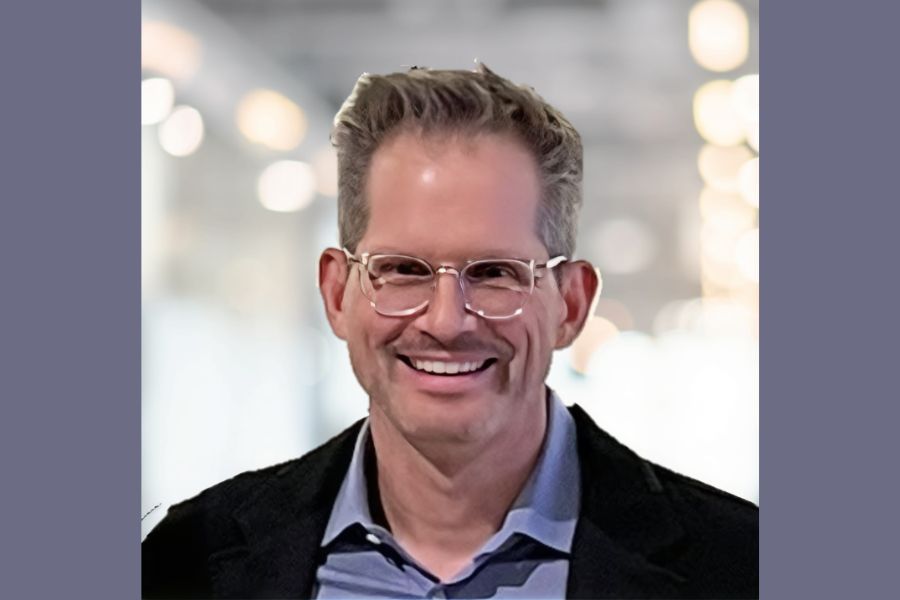A gap in the high-tech market

Wealthiest clients don't have access to best-in-class technology the mass affluent enjoy
The digital revolution hasn’t come to all financial advisers equally. Firms serving middle-income and upper-middle-income investors have seen theirs cups runneth over with software offerings that do everything from performance of back-office functions to the provision of modern client portals.
However, the cupboard has been relatively bare for advisers working with the nation’s wealthiest individuals and families. Few tools are designed specifically for advisers serving ultra-high-net-worth investors, who have different needs and demands, beyond those of other client segments. Also, ultra-high-net-worth investors want at least the same digital access to their finances as everyone else, especially as millennials increasingly take charge of UHNW families’ assets.
“UHNW investors are similar to general consumers in that they want mobile-first services that provide information clearly, accurately and at the touch of a button,” said David Lessing, chief revenue officer of adviser technology firm Addepar. “They’re demanding more information about their portfolios in real-time, and advisers can’t provide that without sophisticated technology.”
The demand is pushing beyond what traditional family offices can provide on their own, inspiring what some see as a dramatic reshaping of the UHNW adviser market.
Shift toward multifamily firms
Private Client Resources’ CEO Robert Miller, whose company provides data aggregation of complex asset classes common in portfolios of the very wealthy, said he sees a shift away from single family offices in favor of consolidated, multifamily firms. Others are turning toward private banks to outsource technology, Mr. Miller said.
“This was a sleepy, family-office- based universe for decades,” Mr. Miller said.
He calls the industry shift the “institutionalization of the family office.”
“[The technology] is not something we just do on our own anymore, and that’s driving innovation,” he said. “There are tech-wise or experienced family members who are looking around and going, ‘Why do you keep giving me this yellow legal pad telling us where our millions are?’”
It’s not that UHNW investors are demanding different technologies than other client segments, it’s that most technologies aren’t built to handle their more complex portfolios. For example, alternative assets like hedge funds and private equity only make up about 5% of average HNW portfolios. For the UHNW, it tends to be 40% to 70%, Mr. Miller said.
Very wealthy individuals and families also tend to work with multiple advisers and have many more accounts scattered across financial institutions, Mr. Lessing added.
“To address these needs, platforms need to securely and accurately aggregate assets held with multiple custodians, provide deep analytical capabilities and enable advisers to quickly customize reporting for each client,” Mr. Lessing said.
[Register now for our ESG & Impact Forum at the U.N. on Dec. 5.]
Though Mr. Lessing said many financial planning tools leverage Addepar’s data, analytics and reporting platforms, he said digital tools haven’t historically been able to effectively capture an entire UHNW portfolio.
Greater control over data
Beyond aggregation of alternative data, private wealth advisers need greater control over their clients’ data, and independence to be able to work with it on any platform they want, Mr. Miller said.
“Every single major performance-reporting and portfolio-reporting platform do nothing to automate the aggregation and processing of alternative investments,” Mr. Miller said. “I would challenge you to find a single vendor in the space that will handle alts perfectly,” he added.
Some vendors are working on the problem. For example, Envestnet, MoneyGuide and Edmond Walters’ Apprise Labs are partnering on a new software that addresses more complex estate and tax planning for the super rich.
The problem is that many of these tools, and the creators behind them, have roots in building for the HNW or mass affluent markets.
[Recommended video: Biggest changes advisers should make to be successful in the future]
“It’s the easy stuff trying to do the hard stuff,” Mr. Miller said. “Because it’s not in their DNA, they also don’t understand the deeper problems in the behaviors of [UHNW] people.”
Yet the demand from clients isn’t fading, creating a huge opportunity for fintech companies to build the features that serve this market.
Anthony Stich, COO of financial planning software Advicent, said less than 50% of very wealthy investors are satisfied with their current online or mobile financial platforms.
Learn more about reprints and licensing for this article.








